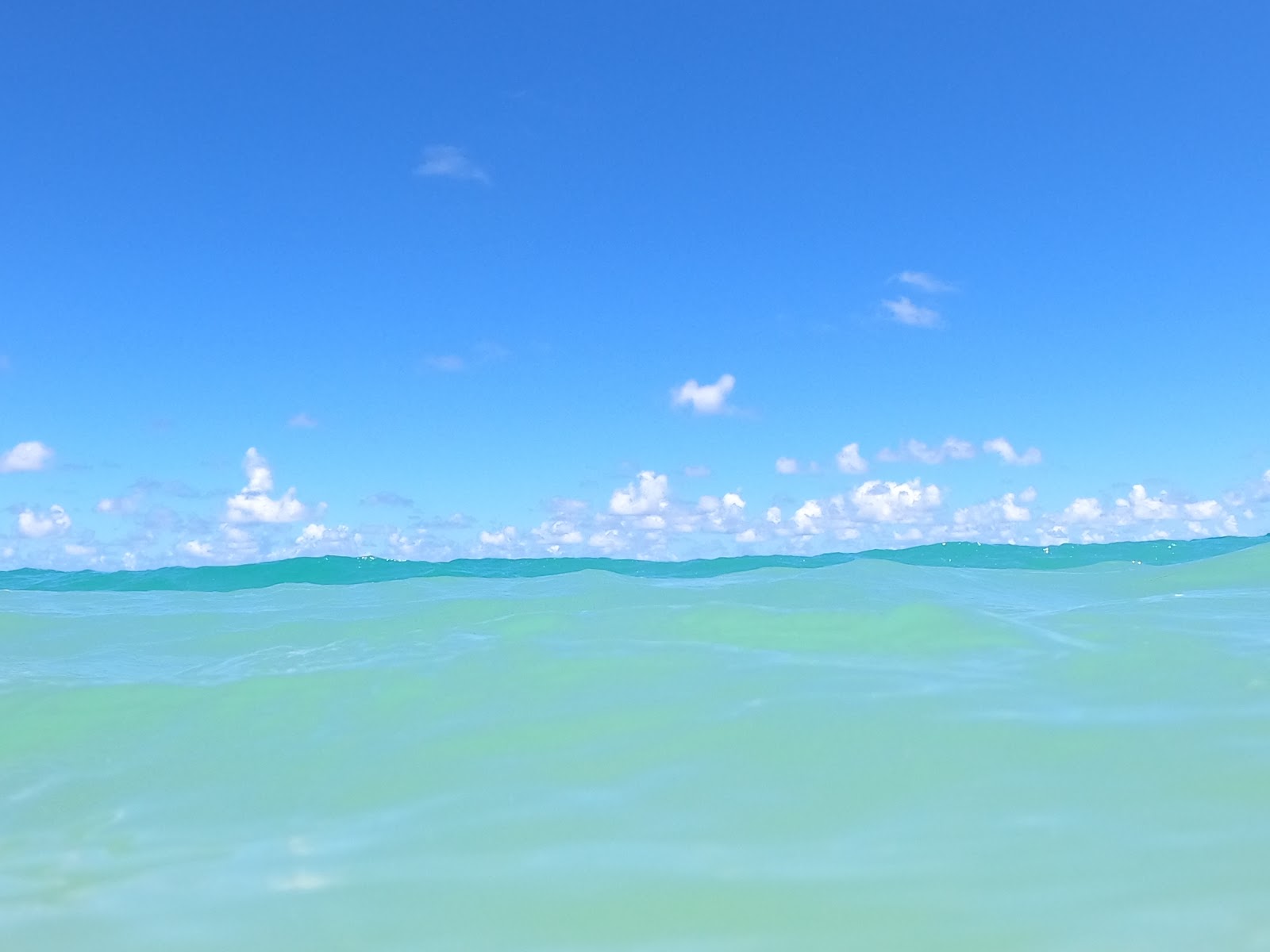
By Grace Cajski
The Hawaiian White-spotted toby can be mistaken for the spotted boxfish, but after some observation, it’s clear that they are different fish. The toby has a longer snout, is more rounded, and behaves differently. Most importantly, though, while the spotted boxfish populates the seas throughout the Pacific and Indian oceans, the white-spotted toby is endemic to the Hawaiian Islands. And it is not the only species to have evolved only in Hawaii. Because of Hawaii’s isolation and rich waters, fish and other marine organisms have flourished, diverging from their ancient ancestors and evolving into discrete species. 25% of fish in Hawaii and 20% of marine invertebrates, such as sea cucumbers and urchins, are endemic. These waters carry precious cargo indeed! Not to mention the endangered species that rely on Hawaii’s oceans: monk seals, dolphins, manta rays, humpback whales, numerous species of shark, and green sea turtles.
The shores, reefs, and deep sea around Hawaii are rich in biodiversity and critical to the health of the oceans. For these reasons, in 2006, President George Bush designated the waters within fifty miles of the uninhabited Northwestern Hawaiian Islands as a marine sanctuary. A year later, the sanctuary was named Papahanaunokuakea, after Hawaiian ancestors Papahanaumoku and Wakea. In 2016, President Obama expanded the sanctuary to the waters within two hundred miles of those islands, making the protected region nearly 600,000 square miles.
In writing this blog, I want to explore the histories and results of marine conservation areas and wilderness, areas profoundly fascinating and mysterious, around the world. The Papahanaumokuakea Marine National Monument is a place of real oceanic wilderness now, thanks to its status as a marine protected area.
Within Papahanaumokuakea’s 582,578 square miles of Pacific Ocean, there are 3.5 million acres of coral reef, which accounts for 70% of the total coral reef area in the United States. Sharks and ulua, or giant kingfish, patrol the reefs, making them the last apex-predator dominated coral reef ecosystems in the world. Deeper, Hawaiian sleeper sharks and Hawaiian gold corals dominate the waters. There are seamounts and submerged banks and lagoons. Interspersed, experts estimate, are sixty shipwreck sites and sixty-one aircraft sites. On the shores, there are more than fourteen million seabirds. One of them is the oldest layman albatross, named Wisdom, who is at least sixty-seven years old.
Also on the shores are monuments and areas of special importance to native Hawaiians. The islands Mokumanamana and Nihoa are on the National and State Registers for Historic Places because they have one of the highest densities of sacred sites in the Hawaiian Archipelago. Together, they are nicknamed the Mystery Islands because when European explorers first saw the islands and their archaeological remains, they were befuddled by the artifacts around them. There were large, upright stones, agricultural terraces, stone tools, bowls, and heiau, or temples. These islands within Papahanaumokuakea are a place of ancient Hawaiian settlement and ritual. There are also artifacts from the Battle of Midway, a clash between the United States and Japanese navies six months after the bombing of Pearl Harbor, and relics from whaling in the nineteenth century. In 2010, The United Nations Educational, Scientific, and Cultural Organization (UNESCO) inscribed Papahanaumokuakea as a mixed natural and cultural World Heritage Site because of its dual importance to native Hawaiian culture and biodiversity. It is the first mixed UNESCO World Heritage Site in the United States, and its status as such speaks to its global significance.
Under the direction of its four co-trustees—the department of commerce, the department of the interior, the state of Hawaii, and the office of Hawaiian affairs—Papahanaumokuakea has flourished. Commercial fishing and resource extraction are prohibited. Scientific research and native Hawaiian cultural practices are allowed by permit. There is such little impact from local human use that the marine protected area’s (MPA) reefs are in near-pristine condition. This is a boon for science because it can be used as a baseline for studies and catalyze greater understanding of the world’s oceans and creatures. And, Papahanaumokuakea’s celebrity status as one of the largest marine protected areas has brought much-needed attention to the need for a worldwide effort for marine conservation.
But, larger phenomena that harm nearly all reaches of the seas also haunt Papahanaumokuakea. Regulations do not safeguard it against ocean acidification or warming. Large storms, aggressive algae, and coral bleaching degrade marine habitats. More recently, experts have noted that ghost nets, a form of derelict fishing gear, are accumulating on corals in Papahanaumokuakea at a rate of 114,640 pounds per year. This plastic pollution harms terrestrial wildlife, such as monk seals and sea birds, and pollutes the reefs. Ghost nets destroy coral and poison marine organisms.
The Papahanaumokuakea Marine Debris Project has made it their mission to remove these nets to protect the reefs and ensure ecosystem health. Organizations such as these are especially crucial because they are upholding Panahanaumokuakea’s vision: to forever protect and perpetuate ecosystem health and diversity and Native Hawaiian cultural significance.
Grace Cajski is a rising sophomore in Franklin College. You can contact her at grace.cajski@yale.edu.